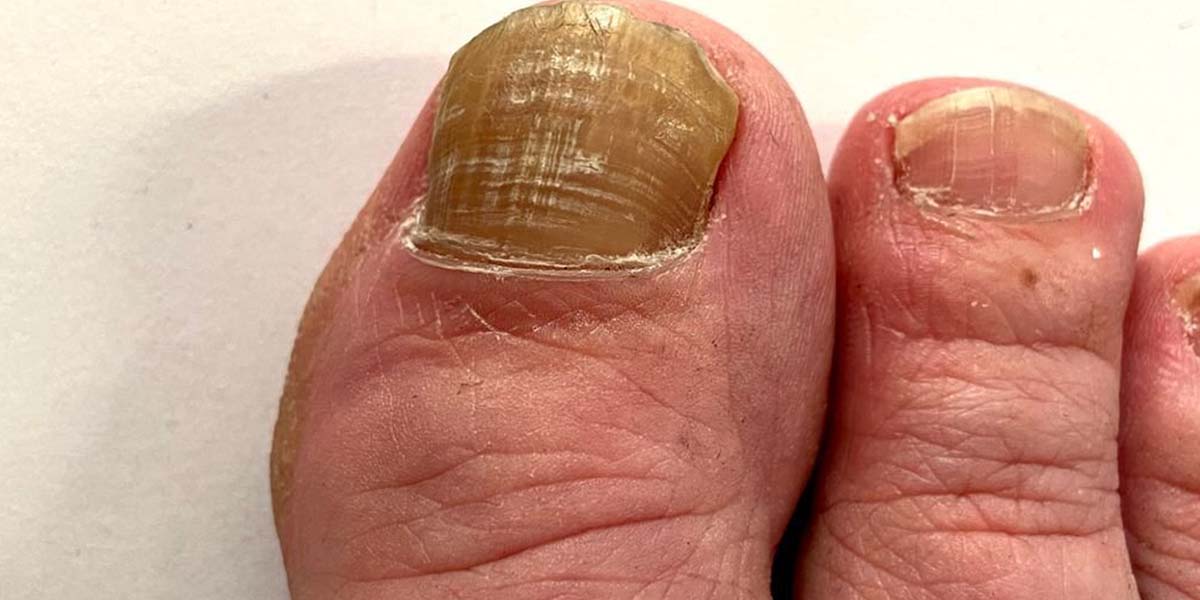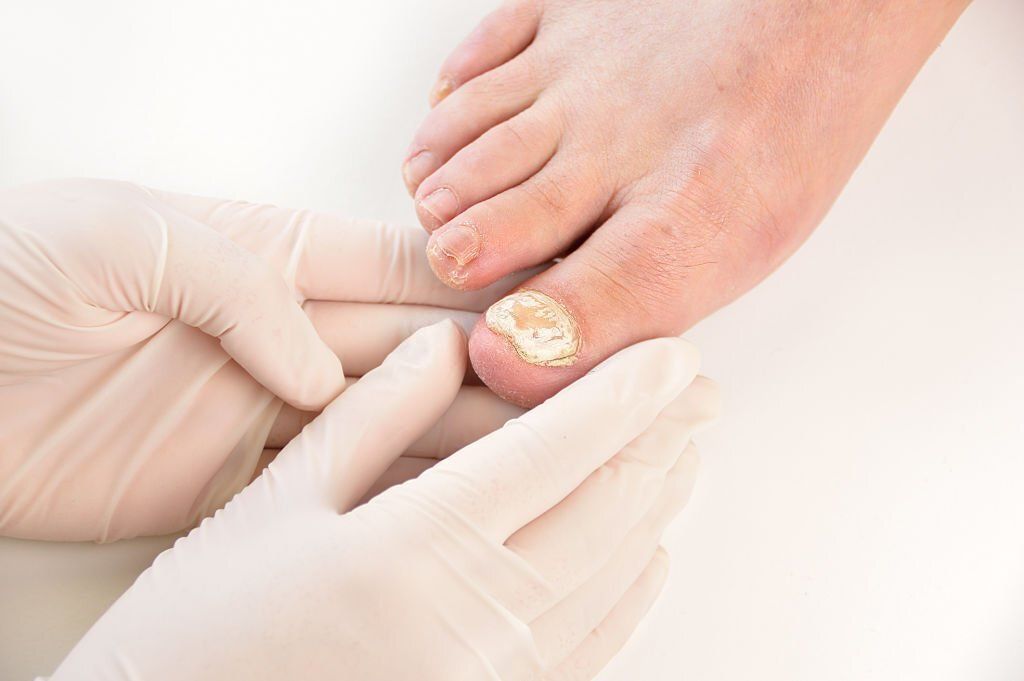This article is reviewed, corrected, and approved by: Julia Weiss CNP| RN | MPH
There are millions of people around the world affected by toenail fungus. It can be uncomfortable, unsightly, and sometimes difficult to get rid of. Whether you've tried coconut oil, toothpaste, or other remedies, one question remains: How can you tell if the toenail fungus is dying and your efforts are paying off?
I will describe in detail the signs and symptoms that indicate the fungus is on its way out and important insights into toenail health and care.
What is Toenail Fungus?
When fungi sneak into your nail bed or nail and cause an infection. It usually starts as a small white or yellow spot under your nail, but it can get worse and spread deeper into your nail if you don't take care of it. It's not fun, but luckily there are treatments available.
How Does Toenail Fungus Develop?
A warm, moist environment, which is common in our feet, is the ideal breeding ground for toenail fungus. Fungus likes warm and wet places, which is why our feet can be a good spot for it to grow.
You can get it (ingrown toenail fungus) by touching things like public showers or pools with fungus or by sharing nail clippers with someone with it. There are several factors responsible for ingrown toenail fungus, including a weak immune system, foot infection, and exposure to fungi.
What Are the Symptoms of Toenail Fungus?

Toenail fungus can manifest in various ways, and the symptoms may include:
- Yellowing or discoloration of the nail: Infected nails often develop a yellow or brownish hue.
- Thickened or distorted nails: If a nail is infected, it can become thicker and change its shape.
- Brittle or crumbly nails: Brittle and crumbly nails are often caused by infections. Such as black toe nail,
- Foul or bad odor: An unpleasant odor can sometimes be associated with toenail fungus.
- Onycholysis: The condition where the nail separates and lifts away from the nail bed is Onychomycosis and can occur in some cases.
How to Know If Toenail Fungus Is Dying? 5 Signs

As toenail fungus begins to diminish, there are certain positive indications that can be noticed. When the fungus is dying, these signs are most common.
- The nail will start to lose its yellow or brown discoloration: As the fungus recedes, its natural color will reemerge.
- The nail will become thinner and more translucent: As the infection clears, the nail will regain its normal thickness and transparency.
- The nail may start to crumble or flake away: Fungus-damaged nails may begin to shed, making way for healthier growth.
- The nail bed may become inflamed or red: As the new nail grows, you might notice some redness or inflammation around the nail bed. The signs of healing are positive in this case.
- The toenail fungus pain and discomfort lessen: Toenail fungus can be painful and uncomfortable, but the symptoms should improve as the fungus dies off.
Other Signs That Toenail Fungus Is Dying
Decreased Sensation of Discomfort: The discomfort felt in the affected nail may decrease, resulting in a more bearable sensation. As the fungus clears, any discomfort associated with the infection should start to diminish.
The nail may start to grow back normally: Once the fungus is under control, the nail's growth pattern should return to normal.
Conclusion
When the treatment starts working, you'll start to see some positive changes in your nail. It might look clearer, less discolored, and even start growing in a healthy way. It's important to keep using the treatment until your whole nail has grown back, though. That way, you can make sure the fungus is gone for good.
The healing process can be slow, so be patient and persistent with your treatment. Regular care, hygiene, and early intervention are key to managing toenail fungus effectively.
Remember that each individual's treatment response might differ, and it's essential to consult a podiatrist" or a "dermatologist. It is possible to restore fungus-free feet and improve the health of your toenails with patience and persistence.
Frequently Asked Questions (F.A.Qs)
Q: How can I tell if my toenail fungus is dying?
A: If you have toenail fungus, generally, you will see the toenail stopped growing or toenail falling off from your leg. On the other side, you will see significant changes in nails when toenail fungus is dying.
It gradually appears cleaner and shiner; you will see healthy nail growth. Either you can see the difference by seeing toenail fungus pictures before and after.
Q: Is coconut oil effective for treating toenail fungus for a long period of time?
A: Coconut oil may help treat toenail fungus, but results vary. It's not a proper solution; your podiatrist will be able to determine the best treatment course for you.
Q: Why are my toenails are yellow?
A: There could be many reasons behind your yellow nail. Yellow nails can be caused by a fungal infection called onychomycosis or other conditions like psoriasis, respiratory diseases, and diabetes.
Q: Does toothpaste for toenail fungus are good? A: Toothpaste is not a recommended treatment for toenail fungus. Using toothpaste could worsen the condition.


